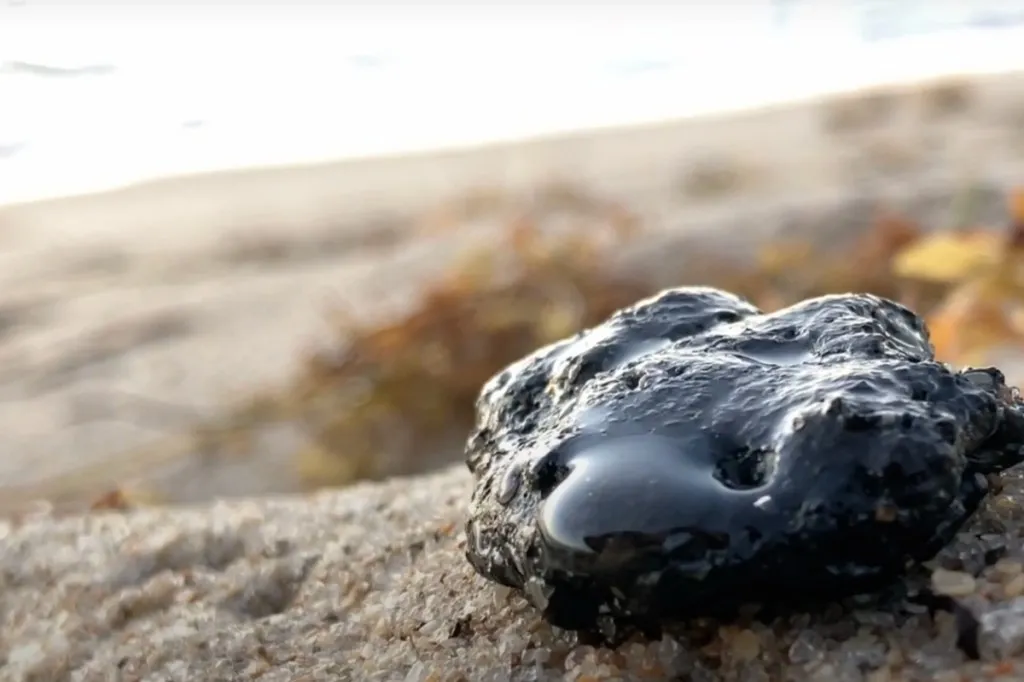Recently, the shores of the U.S. state of Maine witnessed a bizarre phenomenon that sparked concern among both locals and researchers. A strange black substance appeared on several beaches, staining beachgoers' feet in a way that proved nearly impossible to remove. It wasn't long before scientists revealed that the black material was actually the remains of millions of dead insects, washed ashore by the waves.
It all began with a report from a local resident, Ed Smith, who noticed the black residue during an evening walk at Wells Beach. Despite multiple attempts using soap and cleaning products, he couldn’t remove the dark stains from his feet. Concerned, he reached out to Maine’s environmental officials, prompting a swift response and site visits to affected beaches, including York and Ogunquit.
Steve Dickson, a marine geologist with the Maine Geological Survey, expressed his astonishment, saying it was the first time in over 35 years that he had encountered such a phenomenon. He clarified that this was not the usual decaying seaweed seen this time of year, but something entirely different. Early analysis confirmed the source: vast numbers of airborne insects that had died at sea and drifted ashore.
While the exact species of insects remains unidentified, Dickson explained that insects often feed on plants containing pigments, which could explain why the substance stained people’s feet so persistently. Experts believe this is a rare, isolated event, and once the wind patterns shift, the remaining insect debris will likely be carried back into the ocean.
The Department of Environmental Protection ruled out the possibility of petroleum or other toxic materials, and stated that investigations were ongoing in collaboration with scientific bodies. Meanwhile, the Department of Agriculture noted that the staining was caused by plant-based pigments found within the insects’ bodies — reassuring the public that this was a natural, non-toxic occurrence.
This eerie and unexpected event serves as a reminder of the complexity of natural processes and how the environment can still surprise us even in places as familiar and seemingly safe as the beach.
